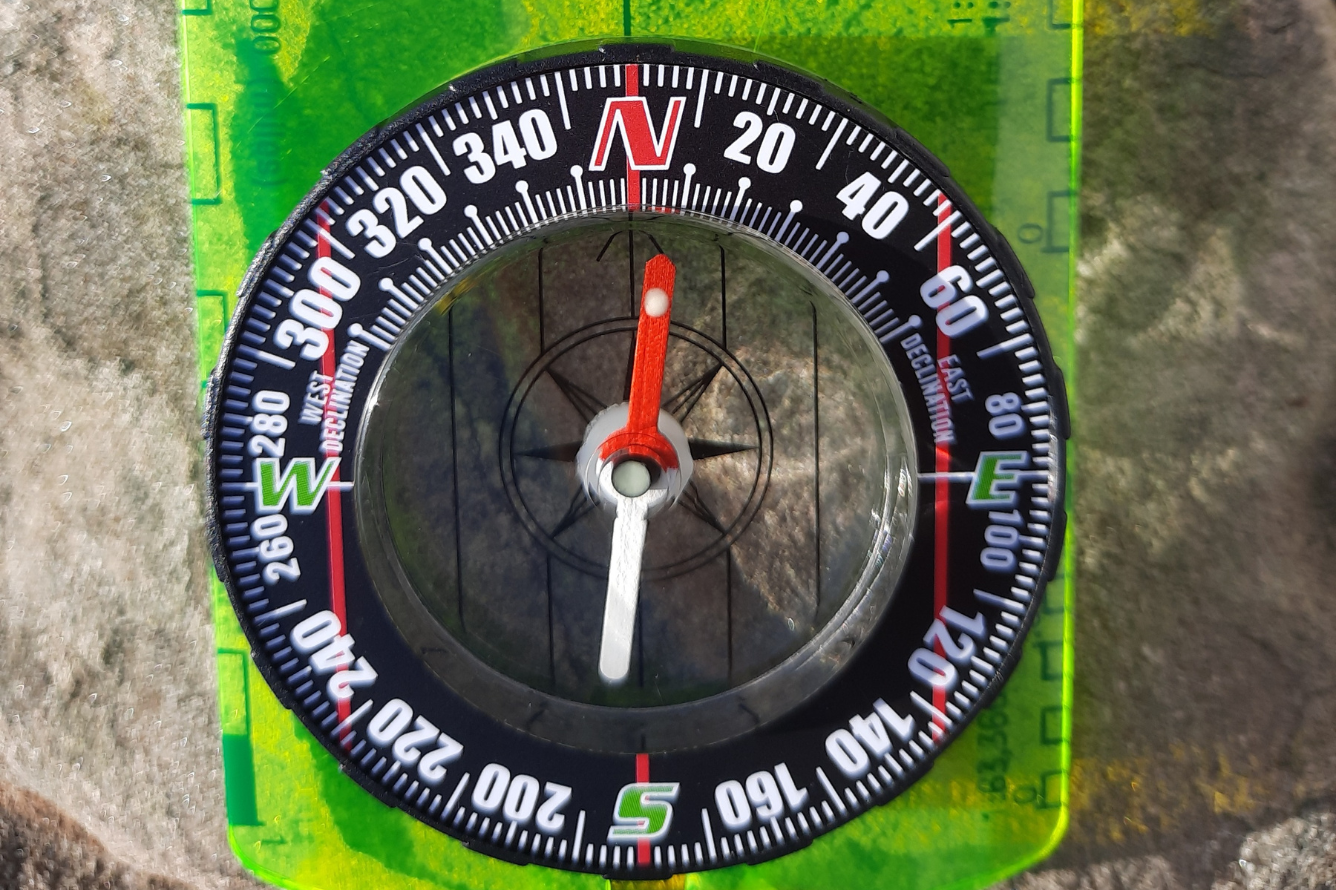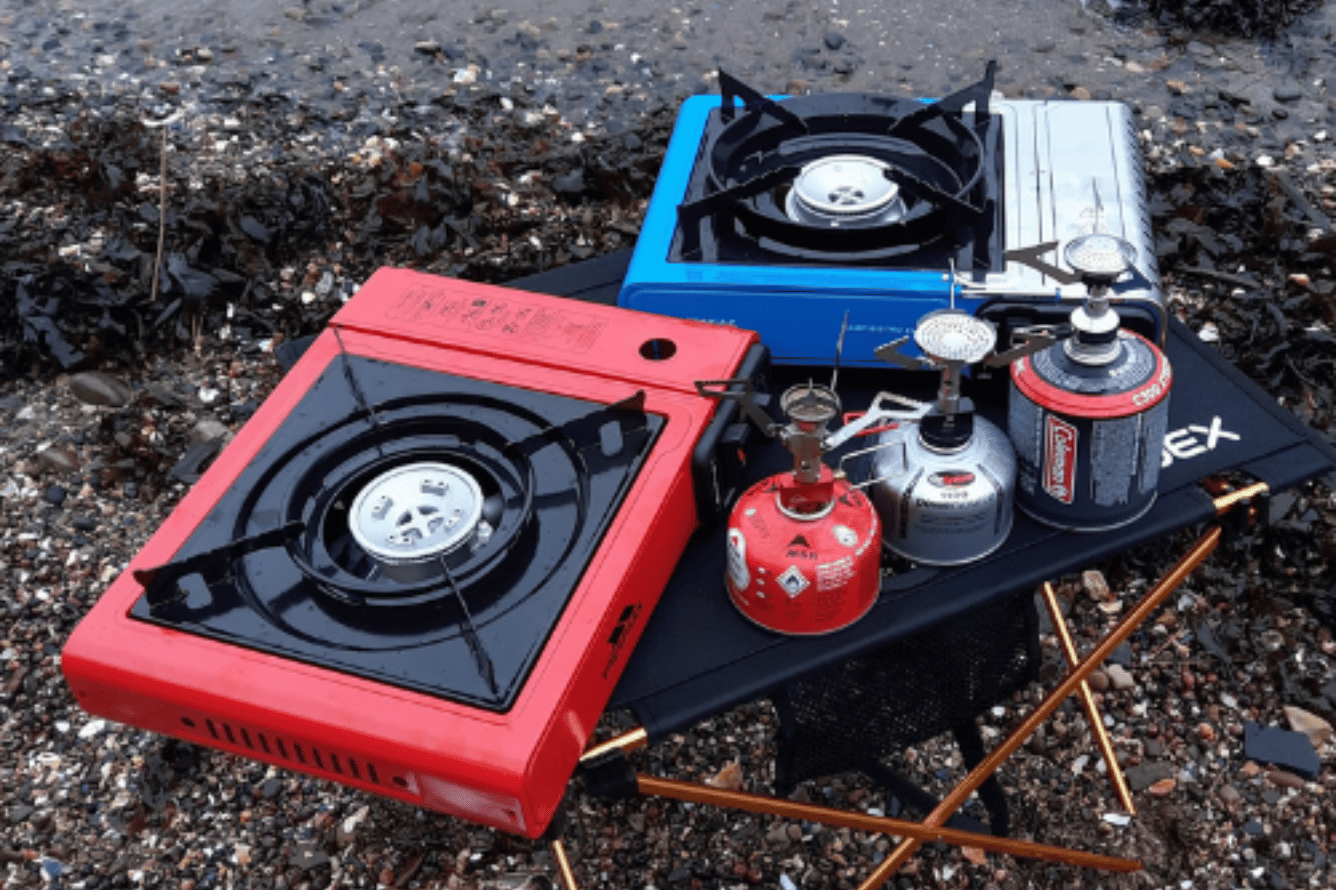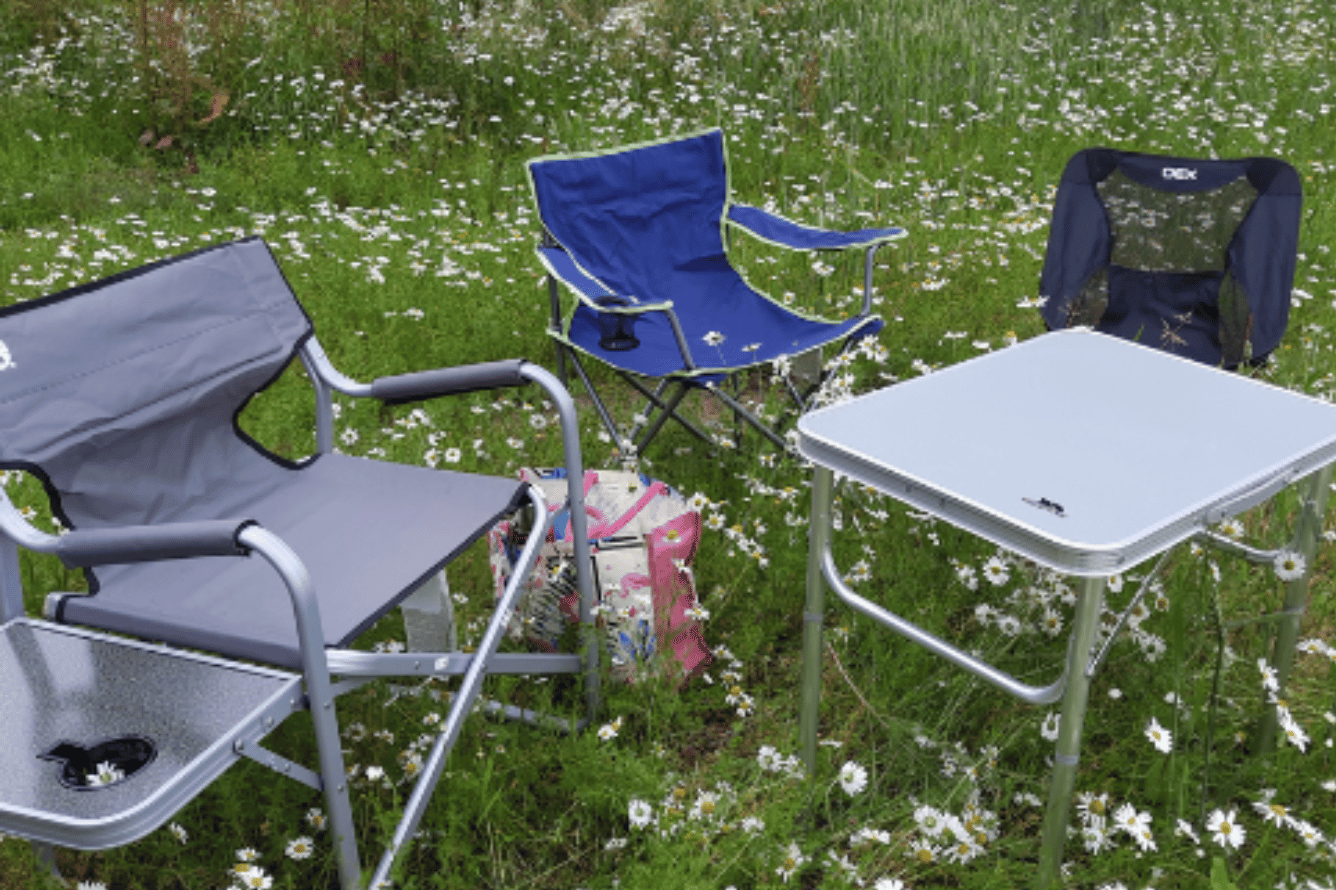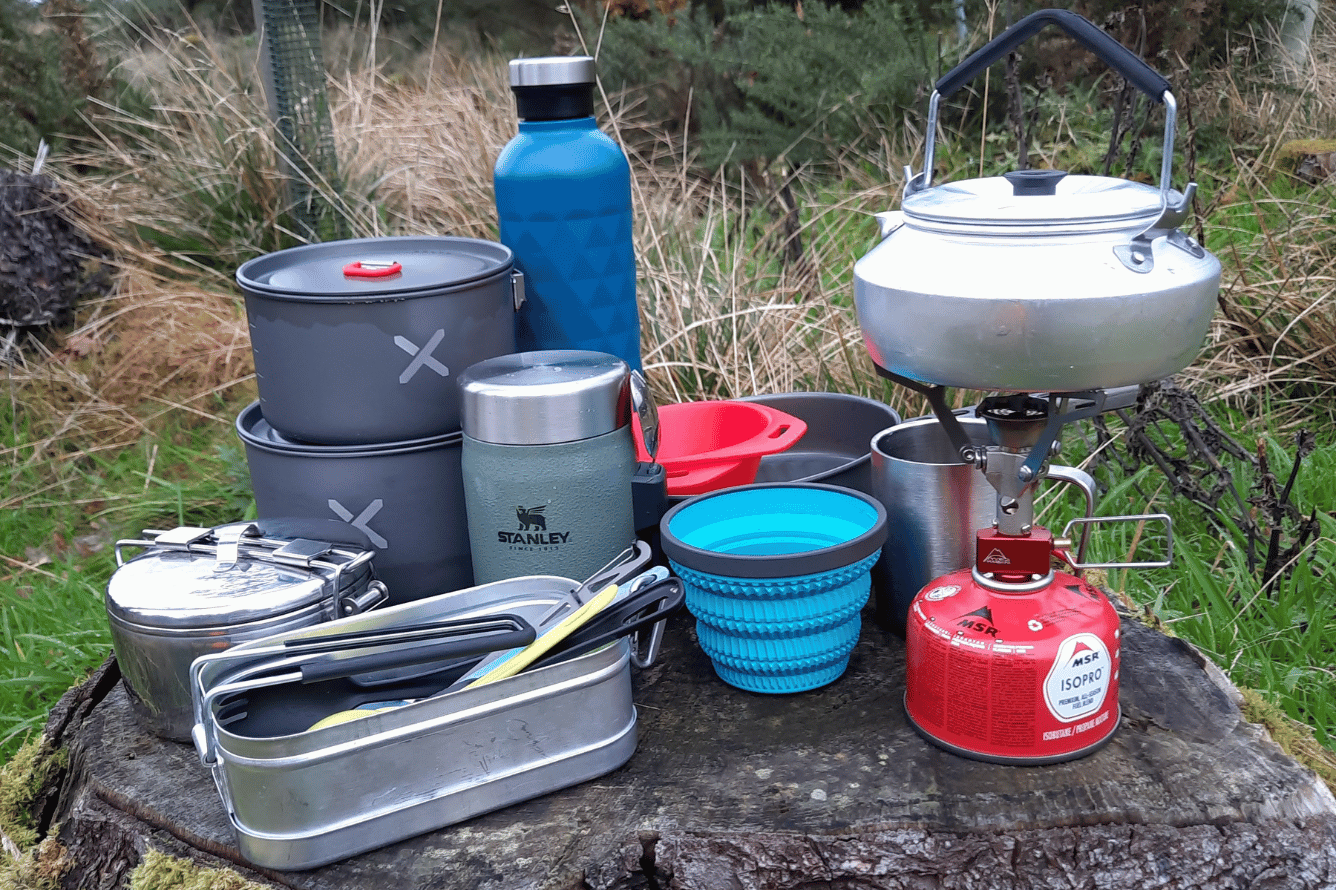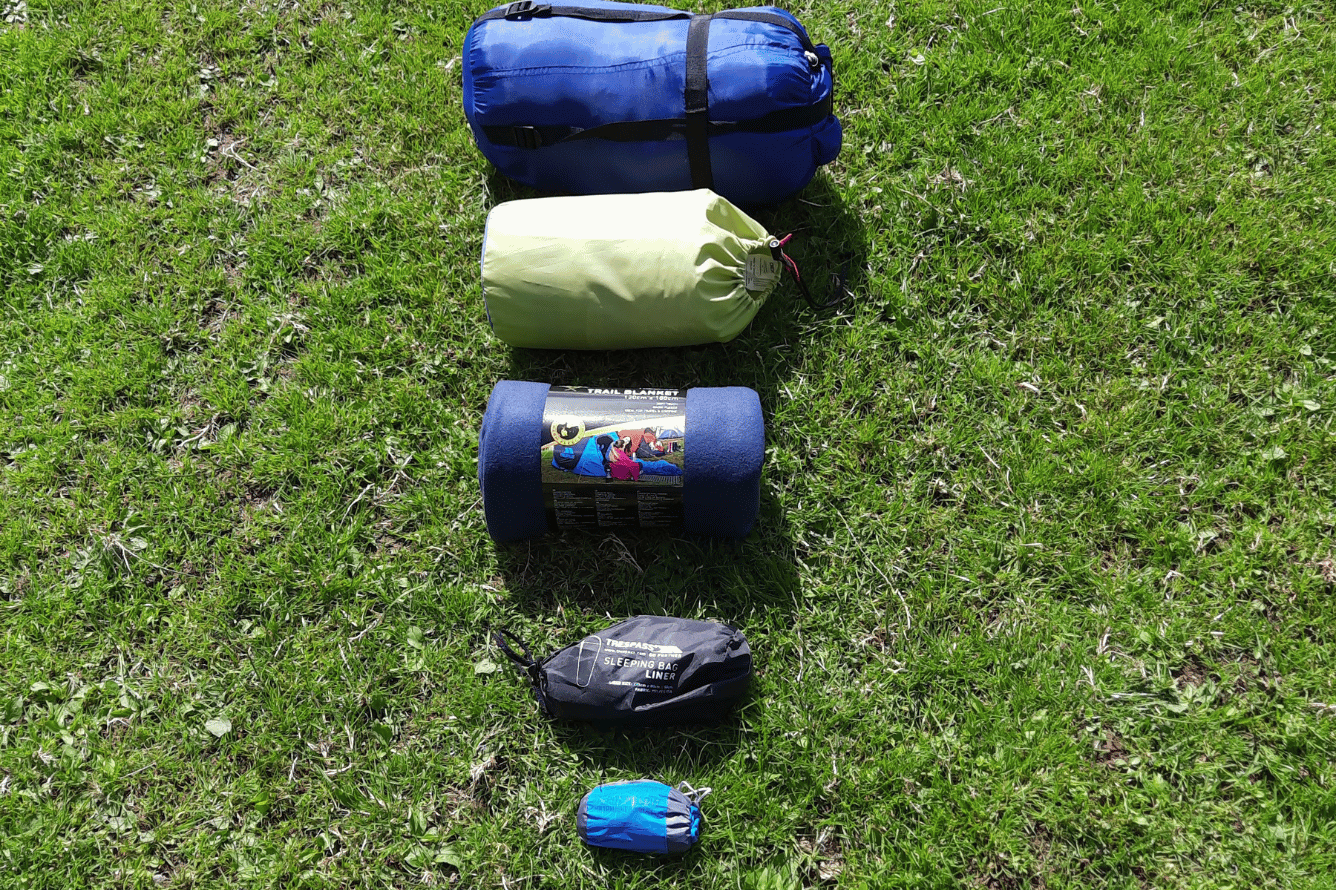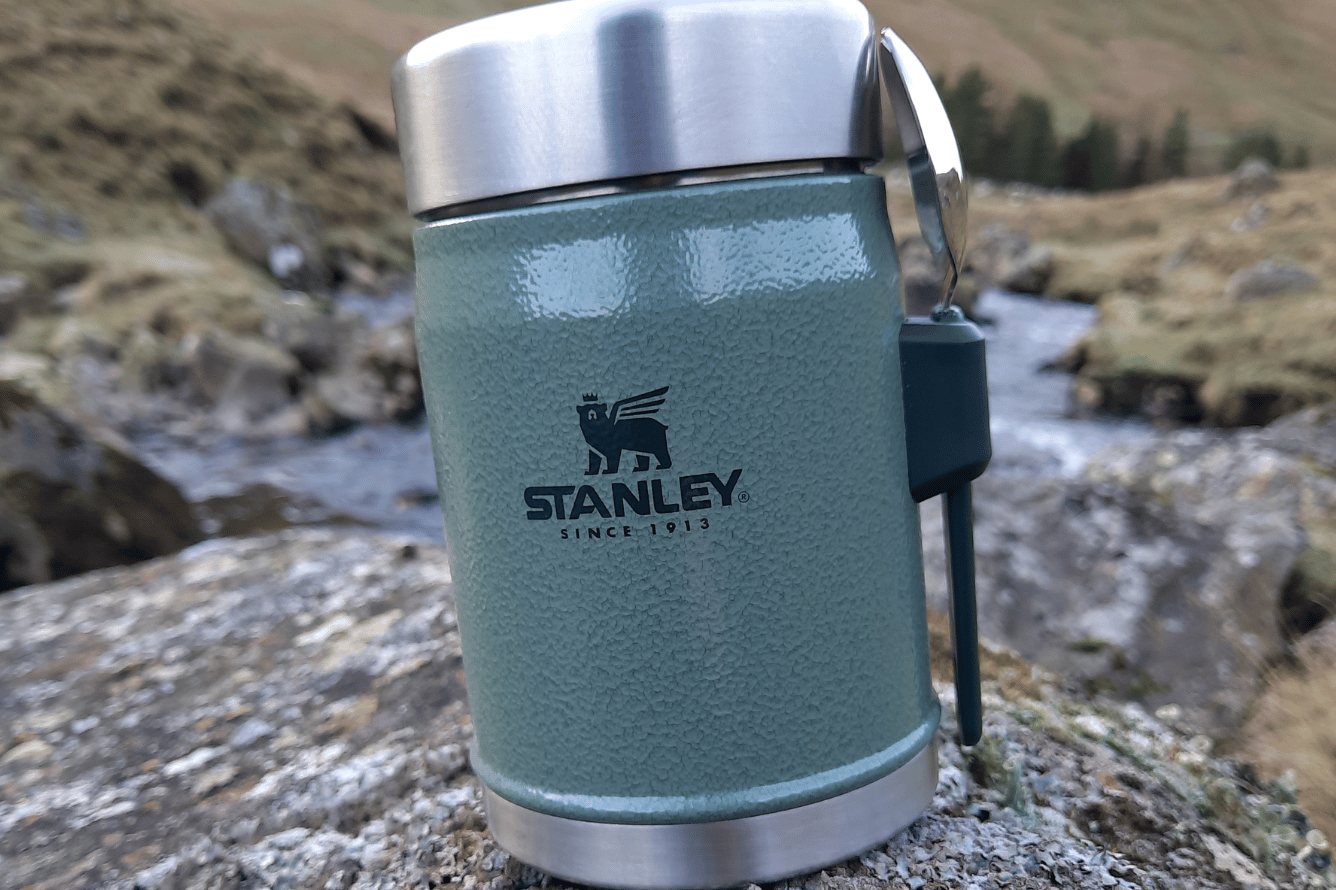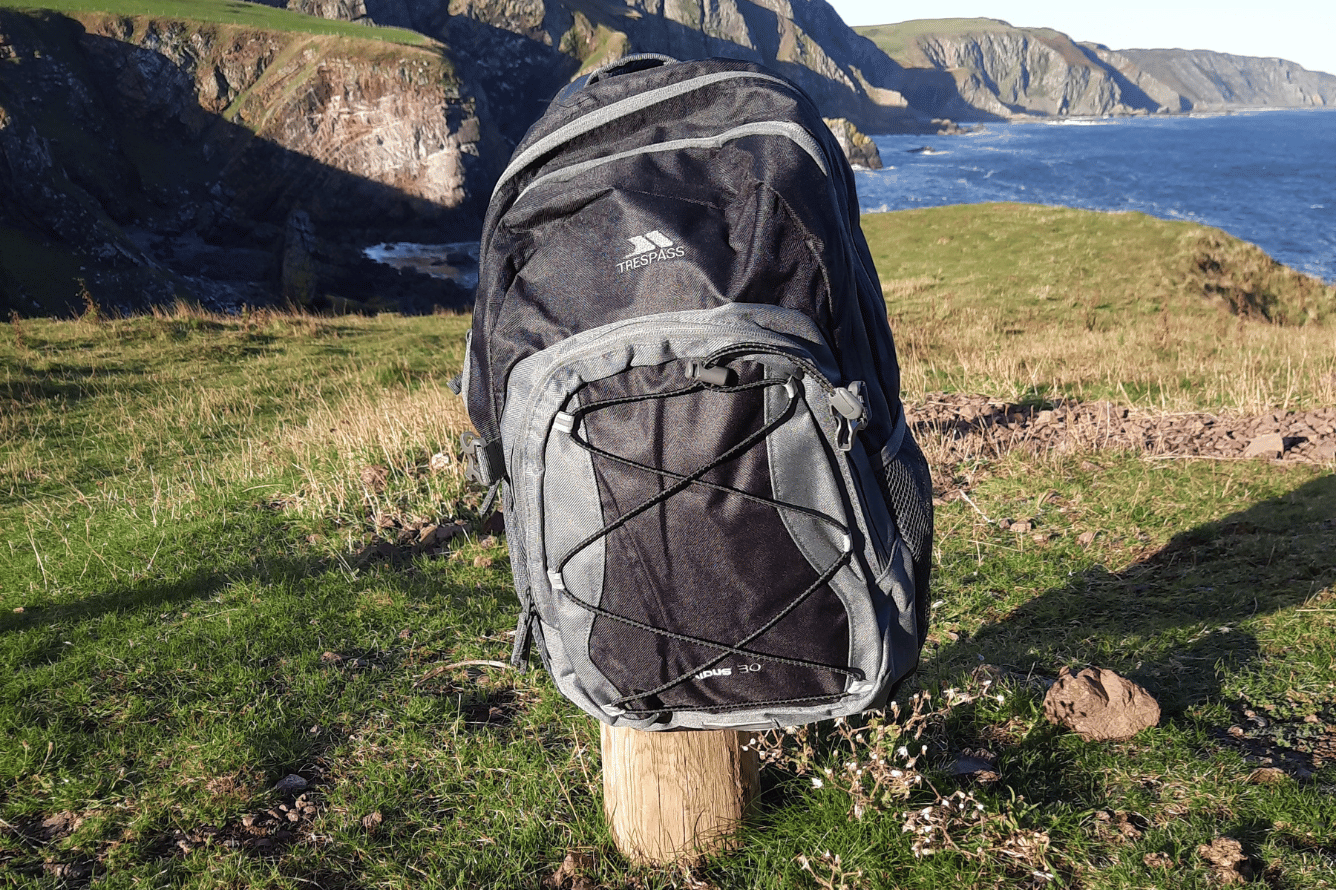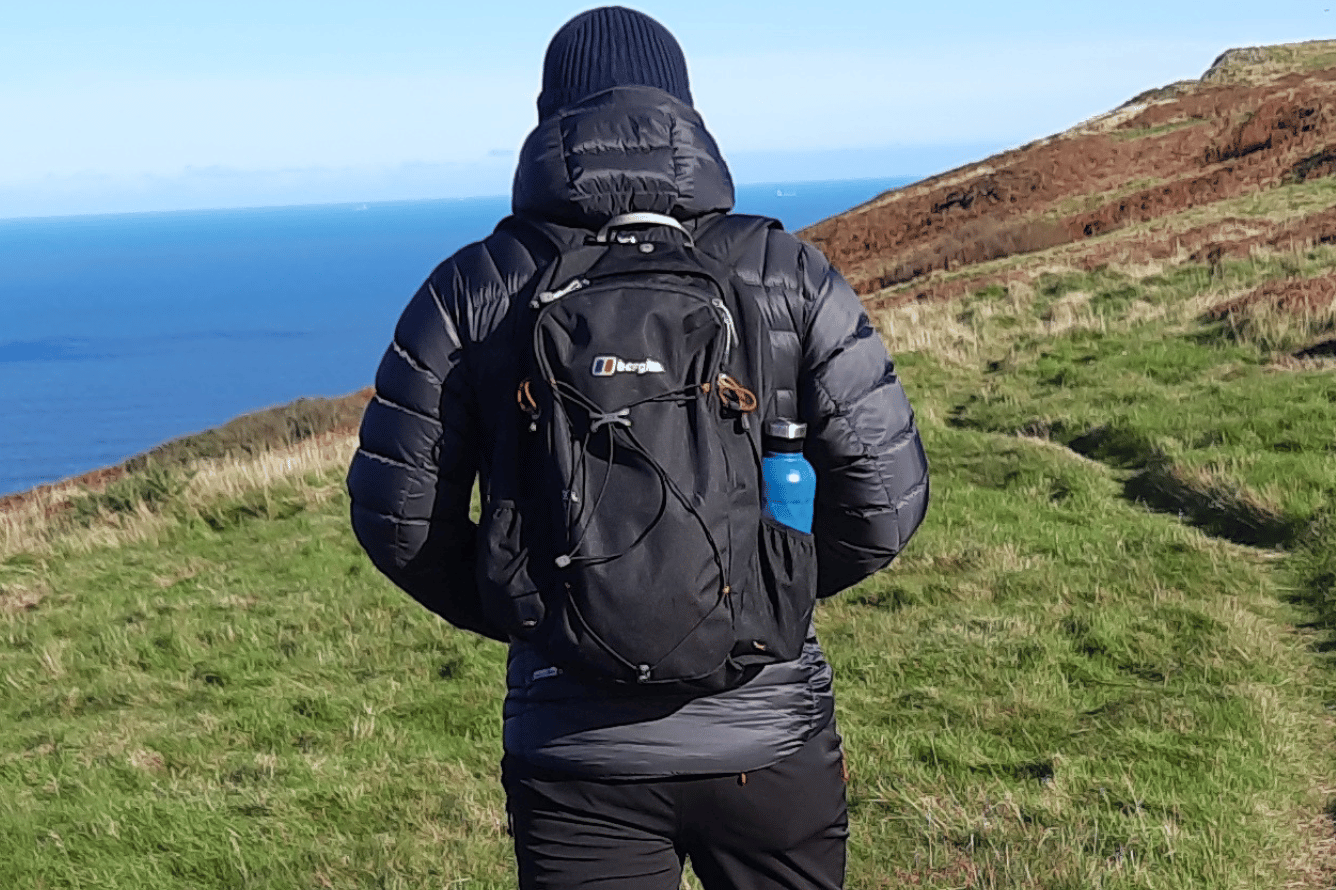The Adventurer's Guide:
Exploring the great outdoors is an activity that is enjoyed by many. Whether you're a seasoned backpacker, hiker, or mountaineer, navigating through unfamiliar terrains is a crucial skill to have. While there are many modern devices like GPS and smartphones equipped with navigation apps, a compass remains an essential tool for any outdoor enthusiast.
Orienteering can be a fun activity for kids of all ages and stages and can be built into award schemes such as the Duke of Edinburgh Awards or part of a survival course. Being able to read a map and then use the compass to orient yourself on the correct bearing is an incredibly rewarding experience and something that will stand you in good stead for the rest of your life.
In this guide, we'll walk you through the basics of understanding the navigational points on a compass, different types of compass and how to use a compass.
WHAT ARE THE PARTS OF A COMPASS:
A compass is set out with 4 constant, cardinal points - NORTH, EAST, SOUTH, and WEST and between these 4 constants are 4 intercardinal points - North East, South East, South West and North West. The compass is broken down further by secondary intercardinal points, giving a very distinctive look which is why it's often referred to as a compass rose.
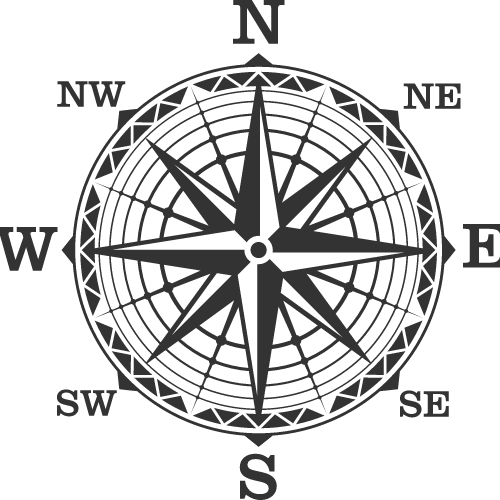
A compass is also split into 360 points, around it's circumference, the rotating bezel, which are called degrees, starting from North and going round clockwise. North is 0 degrees, East being 90, South being 180 and West at 270 respectively. Degrees are used in precise readings, where an actual bearing is required, which is the angle between your location, the destination and the direction you need to travel. Degrees are a key part of using a compass so make sure you get a compass with clear markings.
HOW TO USE A COMPASS:
We have chosen a mountaineering or base-plate compass from OEX as this is the type of compass we would be most likely to use if exploring a new route across glens or valleys where there are no marked roads, through dense forestation or across moorland.
Using a compass requires practice, patience, and focus - it might take a few tries before you get the hang of it but one important factor is to always remember that ONE of the magnetic needles on your compass always points automatically North - it's generally the RED one as you can see with the OEX model featured here. The WHITE end will always point in the direction of South.
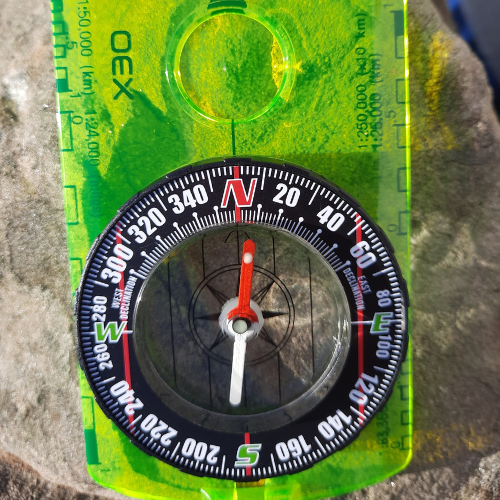
The arrow on the base-plate is called the "Direction of Travel Arrow" and the arrow within the needle housing is referred to as the "Orientating Arrow".
Declination degrees for the area you will be exploring are normally marked clearly on the bottom margin of the map near the North arrow. Alternatively you can check the declination degrees of the local area on the declination chart as they vary all over the UK. In the US, there are marked differences between states so it's always best to verify how many degrees you will need to adjust accordingly. Most base-plate compasses have a small metal tool or key to insert into the adjustment screw and turn accordingly.
HOW TO ORIENT YOUR MAP:
Once your compass has been adjusted for declination degrees, it's time to orient your map:
- Spread your out map on a flat surface - preferably dry - and place your compass on the map with the Direction of Travel Arrow pointing to the top of the map.
- Align the straight edge of your compass with your destination and rotate the Direction of Travel Arrow to orientate the compass dial.
- Turn or rotate the housing of your compass so that the North-South lines on the base of your compass align with the map's Noeth-South lines.
- Hold your compass level in the palm of your hand at about stomach level.
- Rotate your body until the compass's RED needle aligns with the Orienting Arrow.
- Now you can follow the Direction of Travel Arrow to get to your destination.
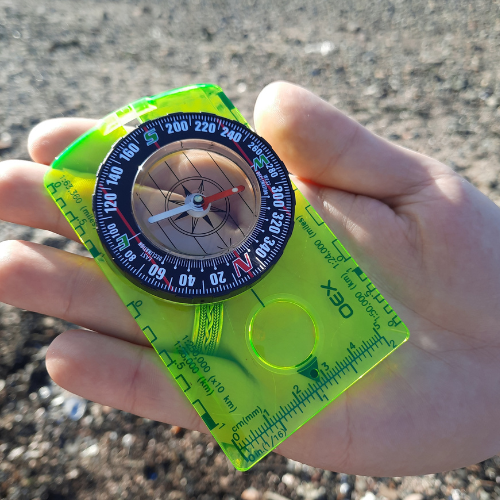
DIFFERENT TYPES OF COMPASSES:
There are different types of compasses available, including base-plate, map, pocket, and sighting compasses, each with its unique features and applications.
Base-plate compasses, are excellent for mountaineering and orienteering, as they have a transparent base plate that allows you to view the map and align the compass with the map's features. They are also lightweight, easy to carry and perfect for backpacking and hiking.
Sighting compasses are better for use in driving or boating as they offer more accuracy.
Before purchasing a compass, consider what you'll be using it for and what type of environment you will be using it in.
WHY DO I NEED A COMPASS IF I HAVE A PHONE?
A phone is great for directions until you run out of battery or are exploring regions with inadequate cell network coverage. Your phone can become compromised in wet and wintry conditions so having a compass and a map as a backup is essential when navigating through unknown terrain in difficult weather conditions.
GET PRACTISING AND HAPPY EXPLORING!
Plenty of practice will allow you to master reading a map and compass in tandem. Don't get frustrated - it doesn't always work the first few times!
Often, taking a map of an area you know well and working out how to reach some recognisable landmarks will help grow your confidence until you're ready to go out into unfamiliar territory. It's a great skill to be able to share with the kids and something the whole family can enjoy and learn from.
A compass will become a routine part of your kit list for the outdoors and once learned, a bit like riding a bike, this is a skill you will never forget or lose.
Happy Exploring!

